One of my main motivations for starting this newsletter was the opportunity to assemble the various parts of the city I’ve photographed over the past twenty years into some sort of cohesive whole. It’s like the parable of the blind men who each grope a different part of the elephant, and all come to different conclusions about what it is - a rope, a wall, a snake, a tree - and then proceed to beat each other up because they are so confident that their interpretation is the right one. I feel like I’ve been groping different parts of the elephant (metaphorically) for years, but gradually, the parts are coalescing into the whole, and the map is becoming more detailed. That’s actually nothing like the blind men and the elephant parable, but you get the idea.
Last week, when walking the streets of Port Richmond, I kept coming across familiar buildings or scenes I had photographed years before. Revisiting these neighborhoods now, with a sense of their boundaries and histories, has been a revelation.
Port Richmond’s boundaries are Jewett Avenue on the east, the Willowbrook Expressway on the west, Forest Avenue on the south, and the Kill van Kull on the north.
Port Richmond is a fascinating place, one of the oldest parts of Staten Island that has gone from the center of island commerce and transportation to a somewhat neglected corner of the borough. It all started where most things end, in a cemetery.
THE BURIAL PLACE
The Reformed Church on Staten Island was built in 1715, adjacent to the graveyard that had already been in private use since the 1690s, making it the oldest on the island. Services at the church were held in Dutch until about 1780.
While the church has been destroyed and rebuilt several times, the current incarnation has been standing since 1844.
For a while, the whole area was known simply as the “Burial Place.” The village on the water soon became a busy ferry landing transporting people between Staten Island and New Jersey. Horse ferries, literally ferries powered by horses walking on treadmills, were a popular way to get across the Kill Van Kull.
The neighborhood went through a succession of names corresponding to the various companies running the ferry service. Decker’s, Dacosta’s, and Mersereau's Ferry all had their day in the sun, but in the end, the village was incorporated as Port Richmond in 1866.
WHALING
The Staten Island Whaling Company was established in 1838 and sent its whaleship or bark, called the “White Oak,” to sea. On its first (and only) voyage, the White Oak caught enough sperm whales to produce more than seventy barrels of whale oil, which was later processed in the whale oil refinery the company had built on the shores of Port Richmond.
Trustees on the board of the Richmond County Bank, Staten Island’s first bank, started the whaling company. Fresh off the Panic of 1837 and the Bank War, banks and the companies they funded were not viewed favorably, and both ventures were met with staunch local opposition. The oil refinery burnt down in mysterious circumstances in 1842.
Several industrial manufacturers called Port Richmond home, including lumber yards, a linseed oil plant, and a cloth-dyeing plant. All those contributed to the decline of what had been highly fertile oyster flats just offshore.
In the 1880s, thanks to our old friend Erastus Wiman (of Mariners Harbor fame), the North Shore branch of the Staten Island Railroad came through Port Richmond on its way to Buffalo Bill’s Wild West show in Erastina. Then, in 1892, Staten Island's first electric trolley car ran from Port Richmond to the teetotalers of Prohibition Park.
Once the Bayonne Bridge was built in 1931, the neighborhood’s relevance as a transportation hub began to decline.
Still, the area remained a popular place to shop. Port Richmond Avenue was considered the Fifth Avenue of Staten Island, with shops like Garber Brothers, Twinkle Star Toys, Dansky's Men's Apparel, and Dew Dale’s Records. The Avenue drew people to Port Richmond from all over the borough. All that came to an end with the construction of the Verazzano Bridge followed by the Staten Island Mall in 1973.
Battle of Bodine Creek
Melville Wygant and John Redmond Redmond’s names appear in several articles chronicling life in Port Richmond in the early 1900s, including a series of New York Tribune articles I initially thought were satire but seem to be true.
The articles1 detail a boundary dispute between Wygant and his neighbor, Miss Clara Bodine. At some point, Wygant decided to fence in his property and name it “The Golden City.” He then declared himself Mayor.
Miss Bodine claimed the land belonged to her and began building her own fence. Wygant responded by hiring 25 armed men, and rolling two cannons down to the banks of Bodine Creek, whose name may offer a clue as to who was the rightful owner of the land. To make sure nobody messed with his cannons, Wygant tied his enormous pet Mastiffs to them.
Redmond, referred to in the article as “The Mayor of Hogan’s Alley,” also had beef with Clara’s property line and went so far as to suggest they bury mines in the bottom of the creek.2
Cooler heads prevailed as the “gallant” Wygant refused, saying he could not “condescend to take such a mean advantage of a woman before she at least had the time to arrange her hat and rain day skirt.” Later that year, the Mayor of The Golden City died while the case was still pending in the Supreme Court.
SIGHTS AND SOUNDS
Usually, I like to weave different snippets from my field recordings together, but this week is just three-and-a-half minutes from the water’s edge. You can hear the distant clangs and booms from the nearby shipyards, the occasional gull’s cry, and the gradual intensification of the shore break as a freighter passes through the Kill Van Kull.
FEATURED PHOTOGRAPHER
I was listening to Sasha Wolf’s Photoworks podcast when I learned the great photographer John Gossage grew up in Staten Island. Gossage got his start at 14 as a sports photographer for the Staten Island Advance. He dropped out of high school and spent time as the “unofficial mascot” of the Magnum offices, hobnobbing with the likes of Henri Cartier-Bresson, Diane Arbus, and Bruce Davidson, before eventually moving to Washington, D.C., where he still lives today.
Gossage, who Gerry Badger said is “trying to make visible the psychological effects of history,” is known for his photobooks. He has published over thirty of them, including Berlin In The Time Of The Wall and, most famously, The Pond.
I couldn’t find any of the pictures Gossage shot for the Staten Island Advance, but I did come across this spread he shot for Esquire Magazine in 1965.
The subjects are the students of Port Richmond High School, Gossage’s former alma mater.
Gossage doesn’t have a website, but the Photoworks podcast is a great way to hear about his life and process. Also, this Robert Adams piece on The Pond is excellent.
NOTES
Former Vice-President and duelist Aaron Burr died in Port Richmond in 1836 at the St. James Hotel.

"Richmond: Richmond Terrace - Richmond Avenue" 1923, Percy Loomis Sperr - New York Public Library Digital Collections. Speaking of Aaron Burr, does anyone remember this amazing Got Milk commercial from 1993? It is probably blockbuster director Michael Bay’s best work. Curiously, like prankster Melville Wygant, Bay also has two pet Mastiffs - Nitro Zeus and Bumblebee.
While there are few remaining businesses from Port Richmond’s heyday, at least two are still around. Ralph’s Ices has been in the same location since 1949, and, just up the street, Deninios, est. 1937, serves what many consider to be Staten Island’s best pie. #trustthecrust
The Ritz Theater was built in the 1920s, and for years, it was one of the neighborhood’s main attractions. The Ritz began as a movie and vaudeville theater and then morphed into a rock venue in the 70’s. In one 12-month span, bands like Mountain, MC5, the Stooges, Canned Heat, Black Sabbath, and Captain Beefheart all graced the Ritz’s stage. YES opening for the Kinks is one of the stranger bills I've ever heard of and a show I would’ve gladly paid my $3.75 for. Today, a tile showroom, a pharmacy, and a barber share the building.
EXTRA
The aforementioned duo of Wygant and Redmond, the respective mayors of Golden City and Hogan’s Alley, had made the papers a few years prior to their war with Clara Bodine.
A New York Times report from May 31st, 1901, recounts how Wygant and Redmond discovered a pot filled with gold while excavating around the chimney of the old Hatfield Homestead. The booty, rumored to be worth upwards of $40,000, was the talk of the neighborhood.
On the following day, June 1st, Wygant received a call from a lawyer representing the property owner, telling him he had until noon to give up the gold. Other calls and ultimatums followed, but as demands to see the gold escalated, Wygant cooly demurred, claiming the treasure was already in the bank and “finding is keeping.”
By June 3, however, the jig was up.
A summons was issued for Wygant and Redmond to appear in court. Wygant panicked, mounted one of his horses, and galloped off.
When tracked down by a New York Tribune reporter, Redmond, who was in the middle of training a pair of “ugly-looking bulldogs,” was more sanguine about the whole affair.
"The jig's up," remarked the dog trainer calmly. "Do you mean that this story of your finding gold in the Hatfield house is a fake?" he was asked. "That is unpleasant," was the answer, "to call it a fake. It wasn't a fake, but a huge joke. Wygant thought it might do the community good to stir it up, and I agreed with him. So we stirred 'em up, and we did a good job, too. The old port has not been so stirred up since the time the pirates used to swoop down on these shores. Lie down, girl!" The last three words were addressed to one of the bulldogs, which immediately sprawled out on the ground.
Redmond was pleased to share that he had, in fact, found some treasure at the bottom of the chimney - some old papers and a pair of dull battered spurs that he surmised were given to James Hatfield by former Governor Thomas Dongan. There is no word on whether Charles Rosenberg received his spurs.
.
https://chroniclingamerica.loc.gov/lccn/sn83030214/1905-04-03/ed-1/seq-3/ - https://chroniclingamerica.loc.gov/lccn/sn83030214/1905-04-07/ed-1/seq-1/
https://chroniclingamerica.loc.gov/lccn/sn83030214/1905-04-10/ed-1/seq-1/





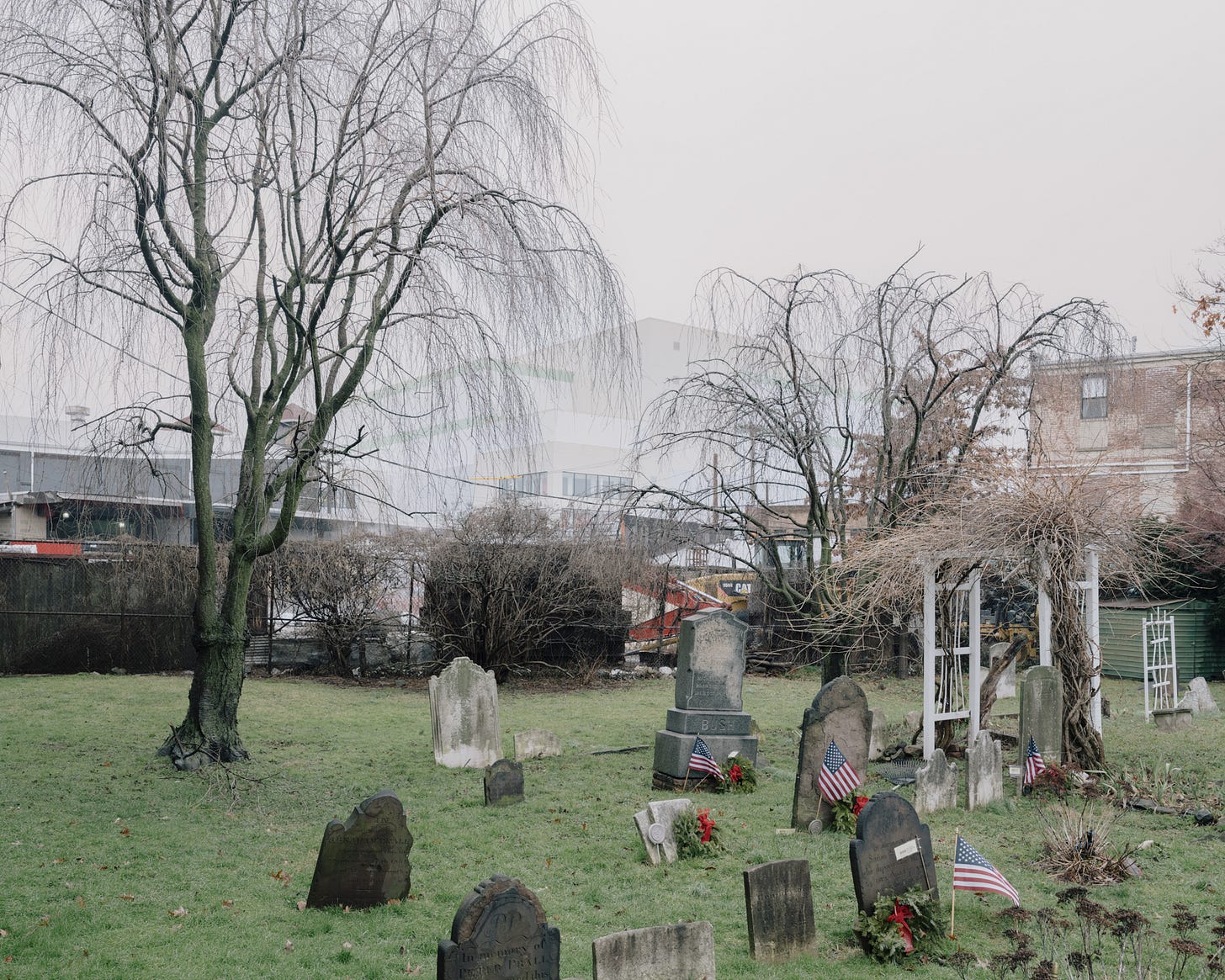
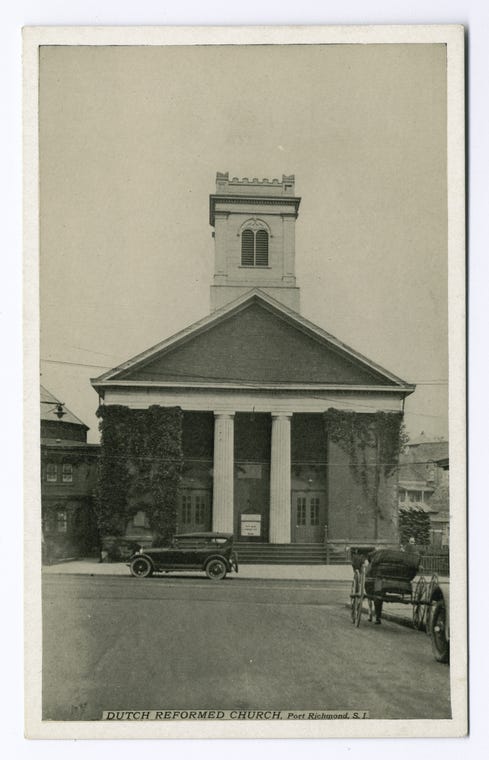

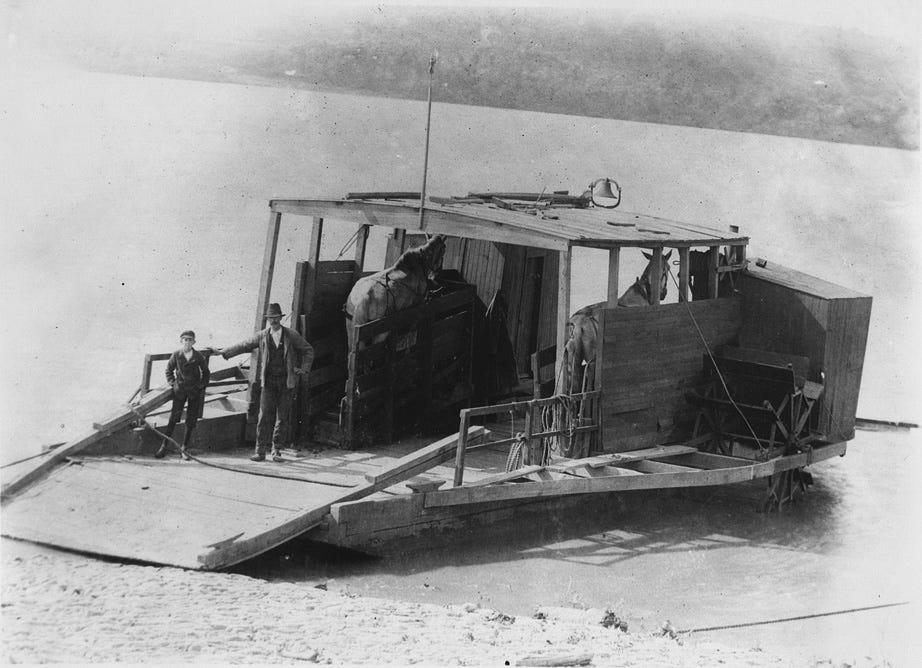

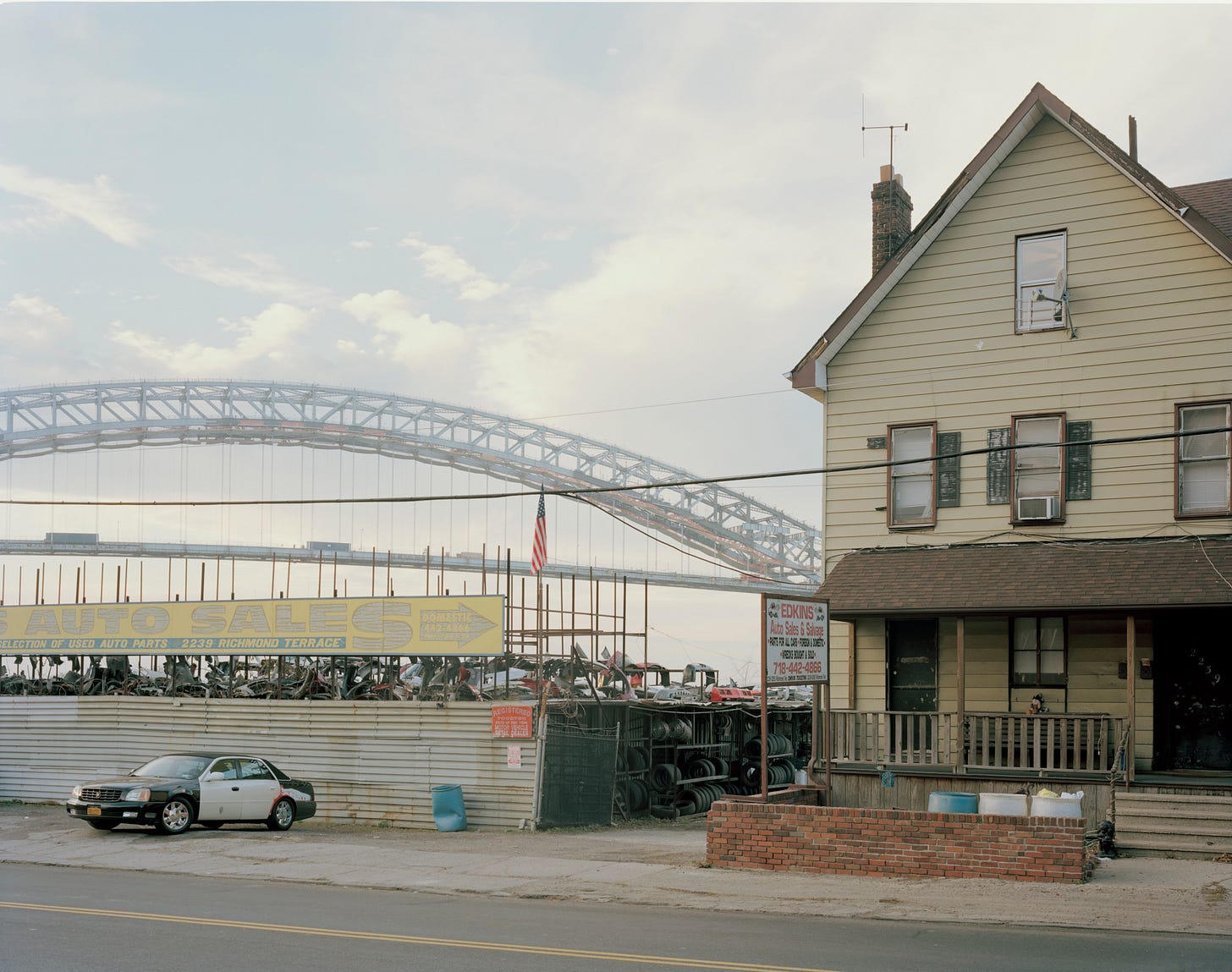
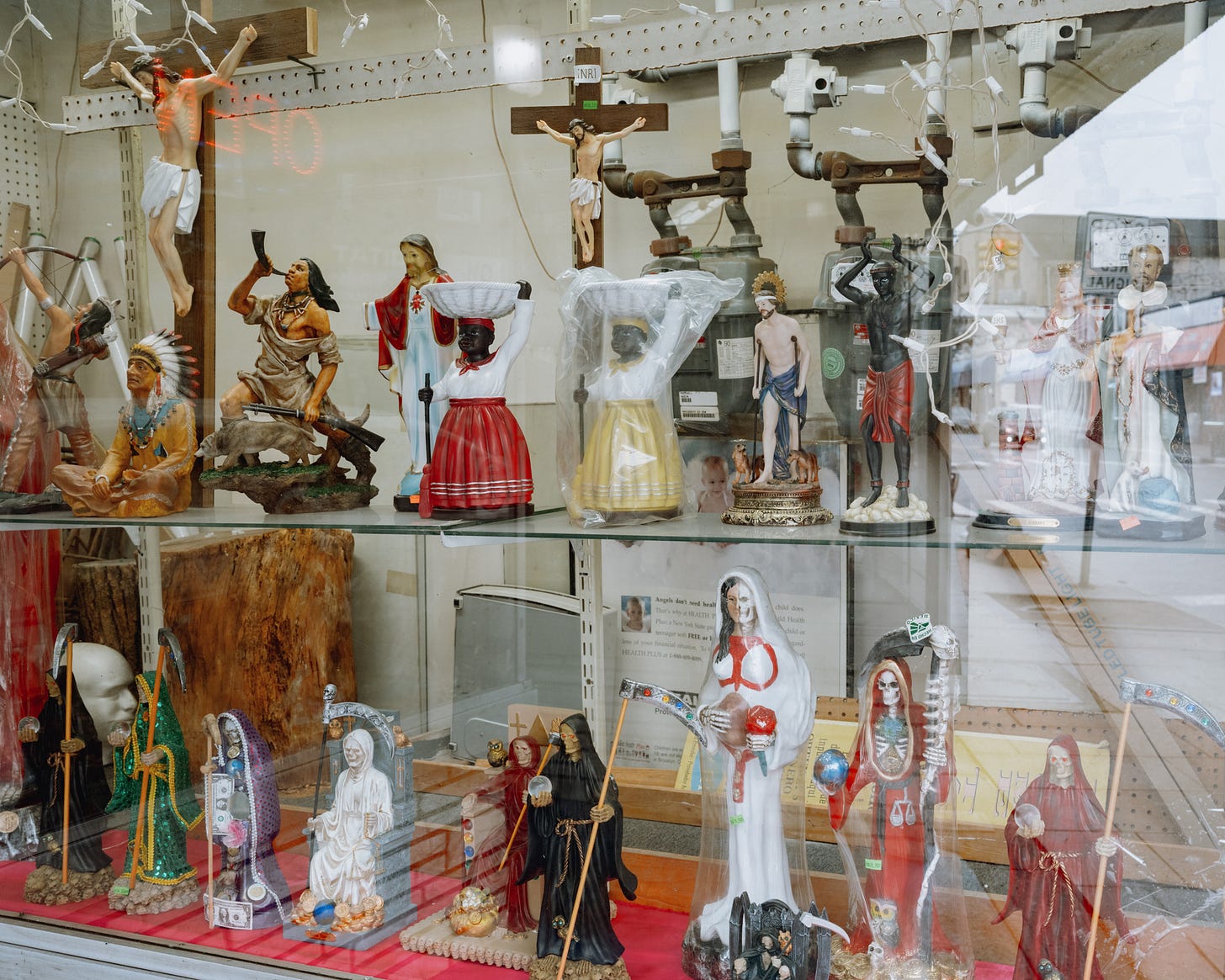
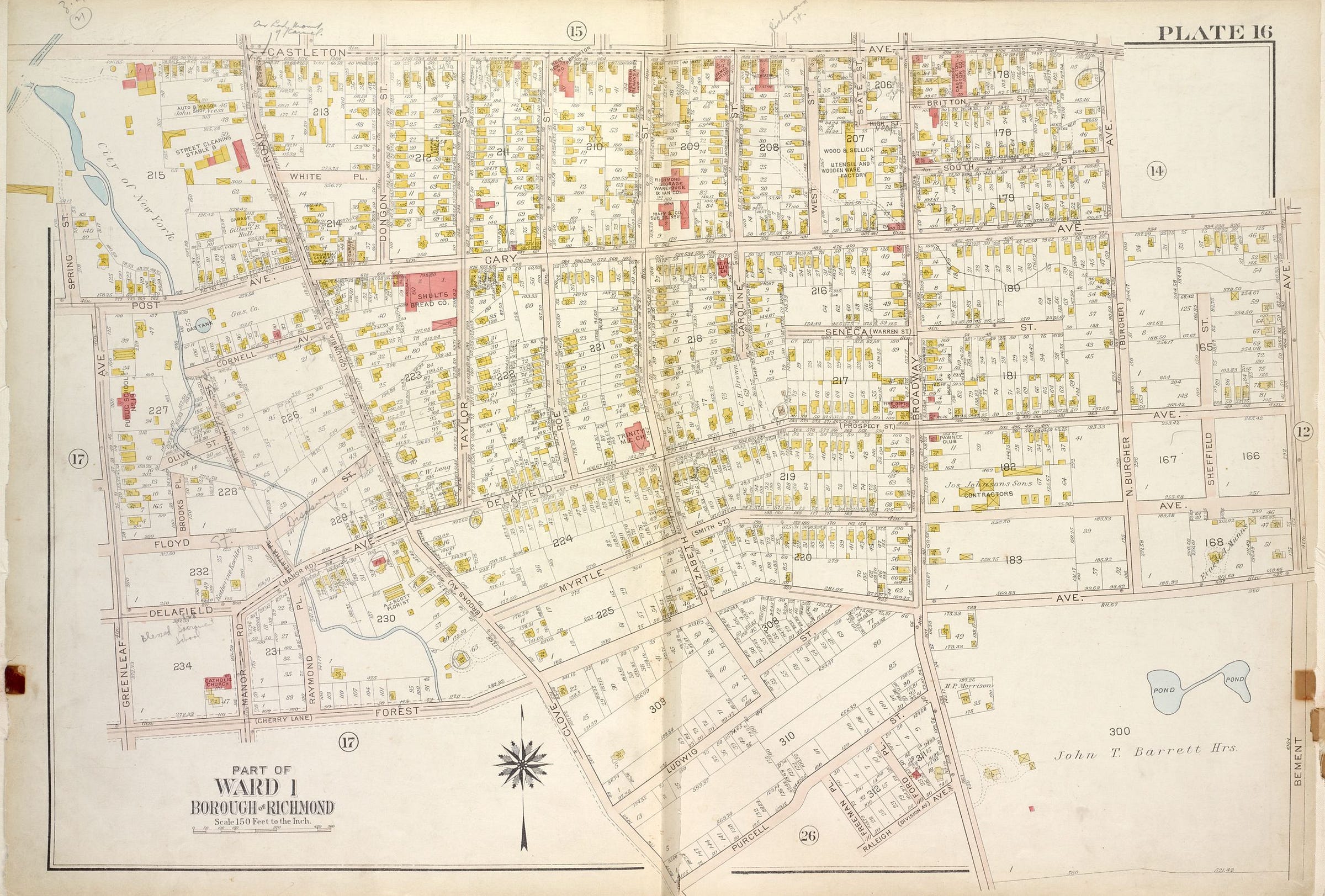

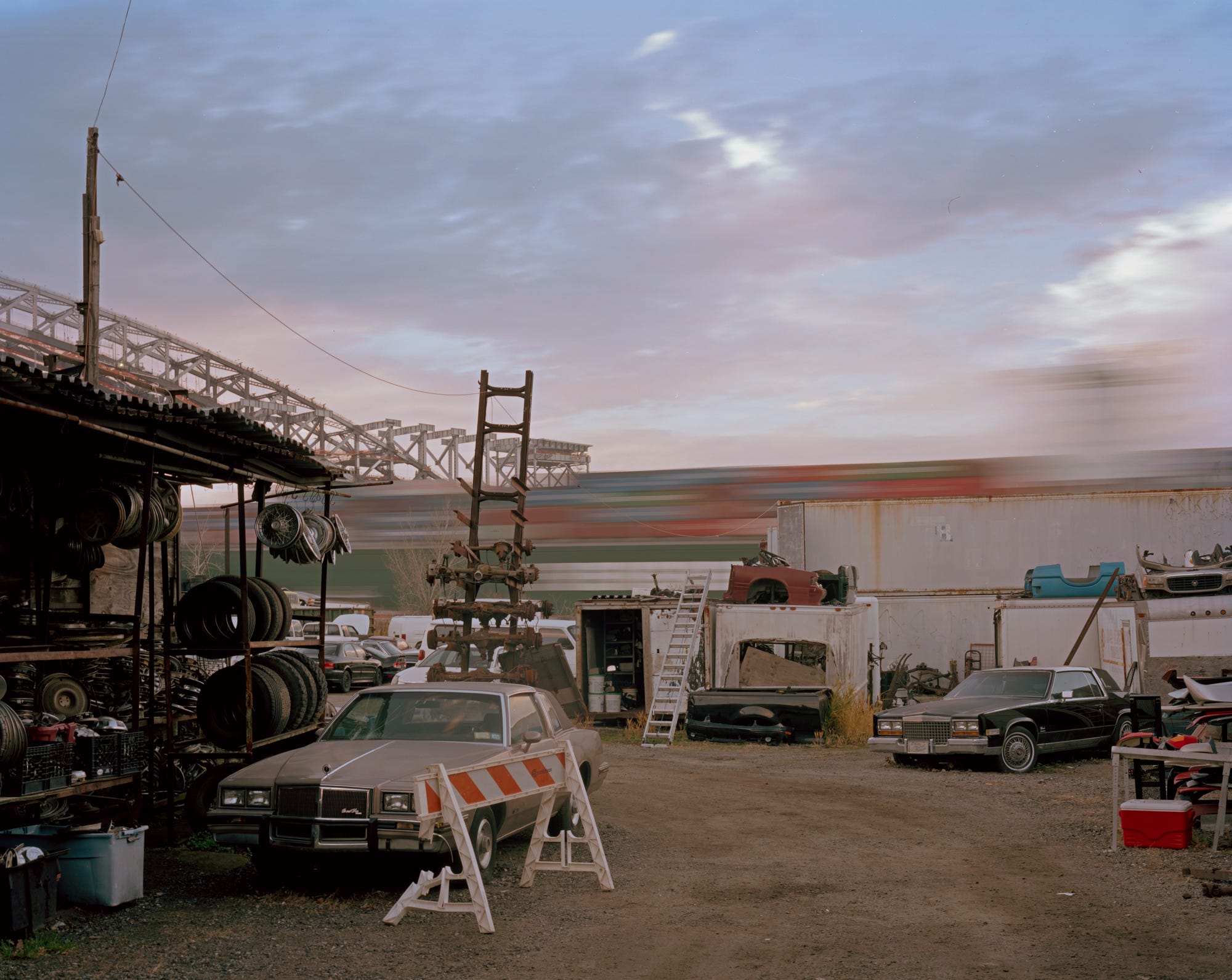
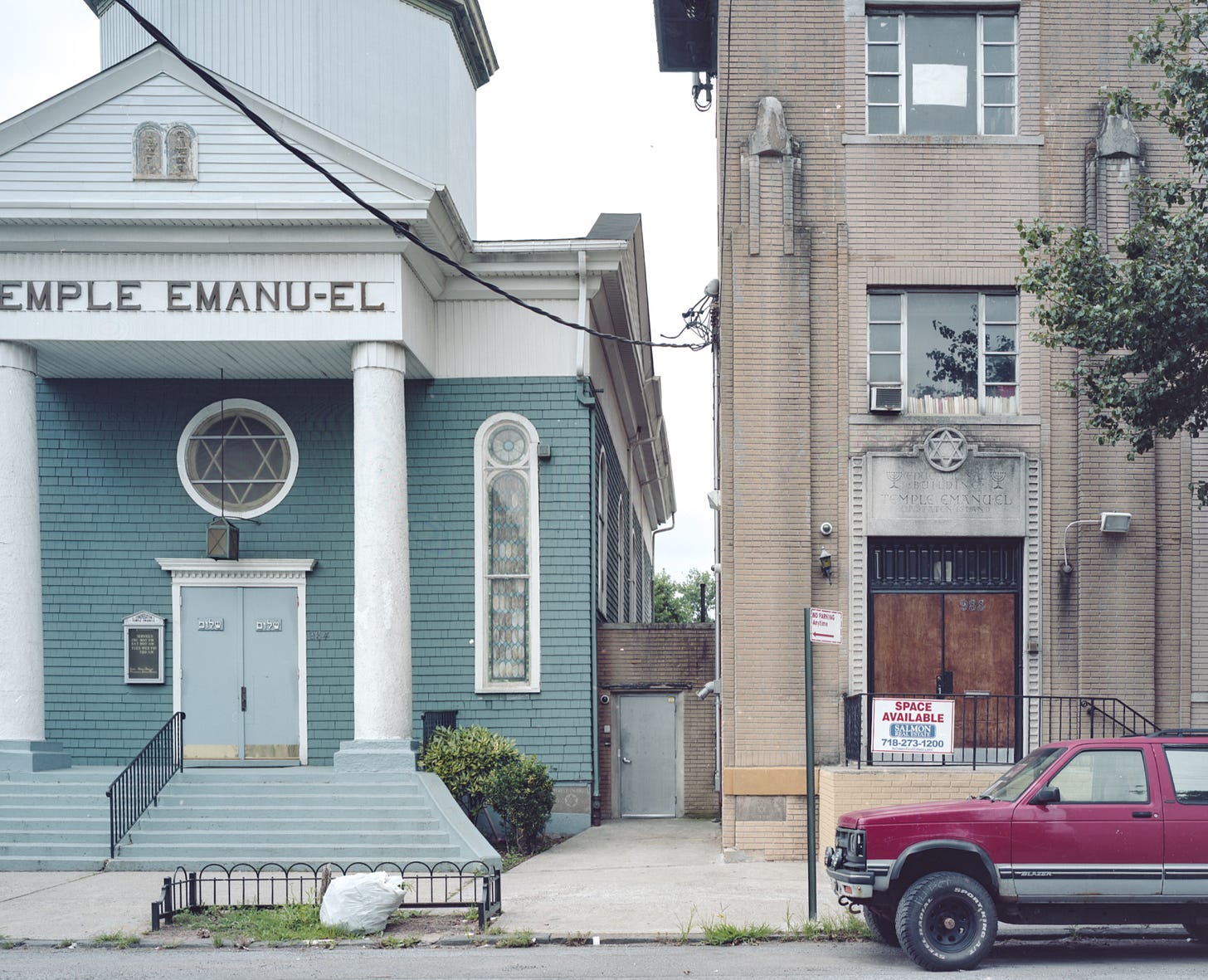


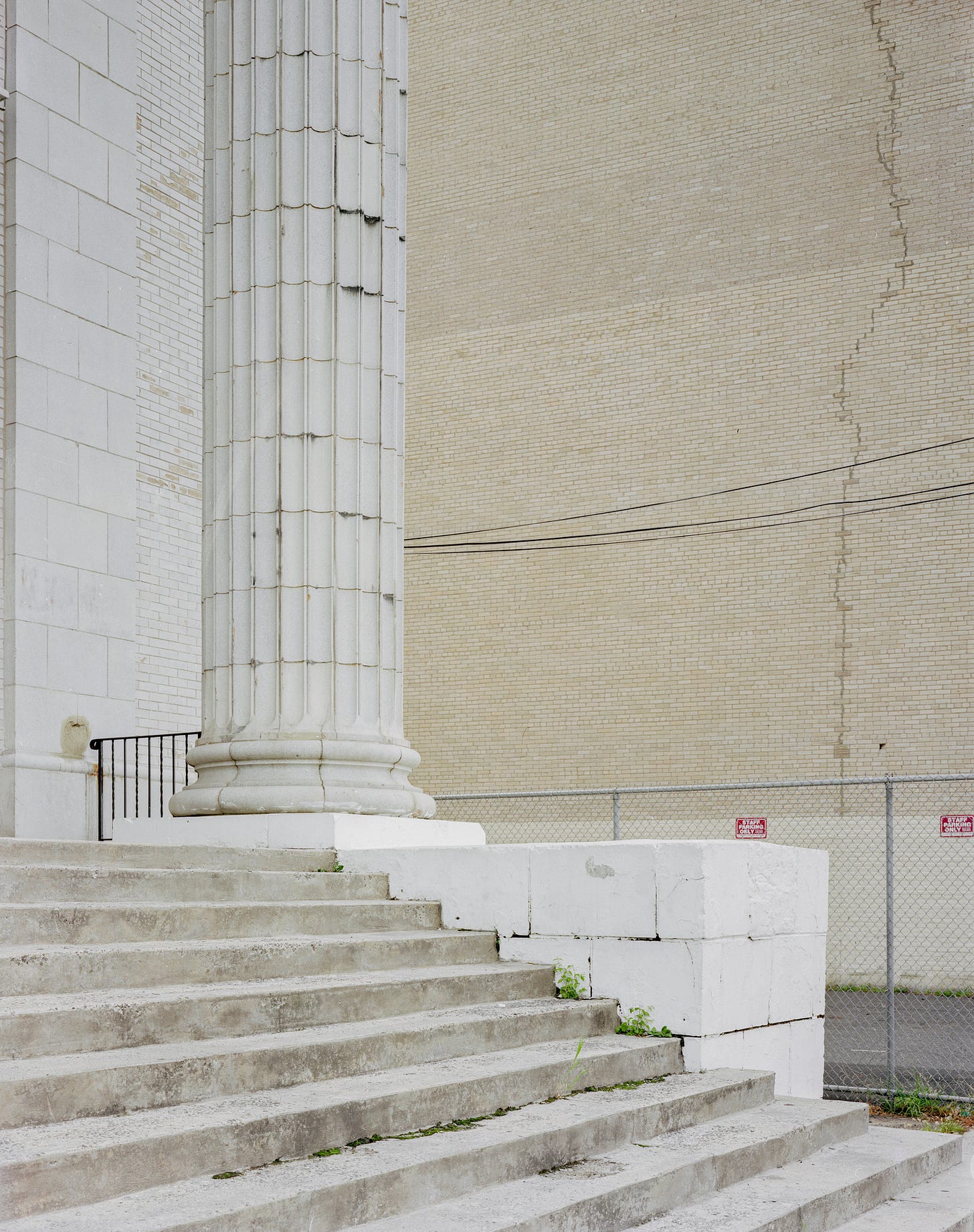
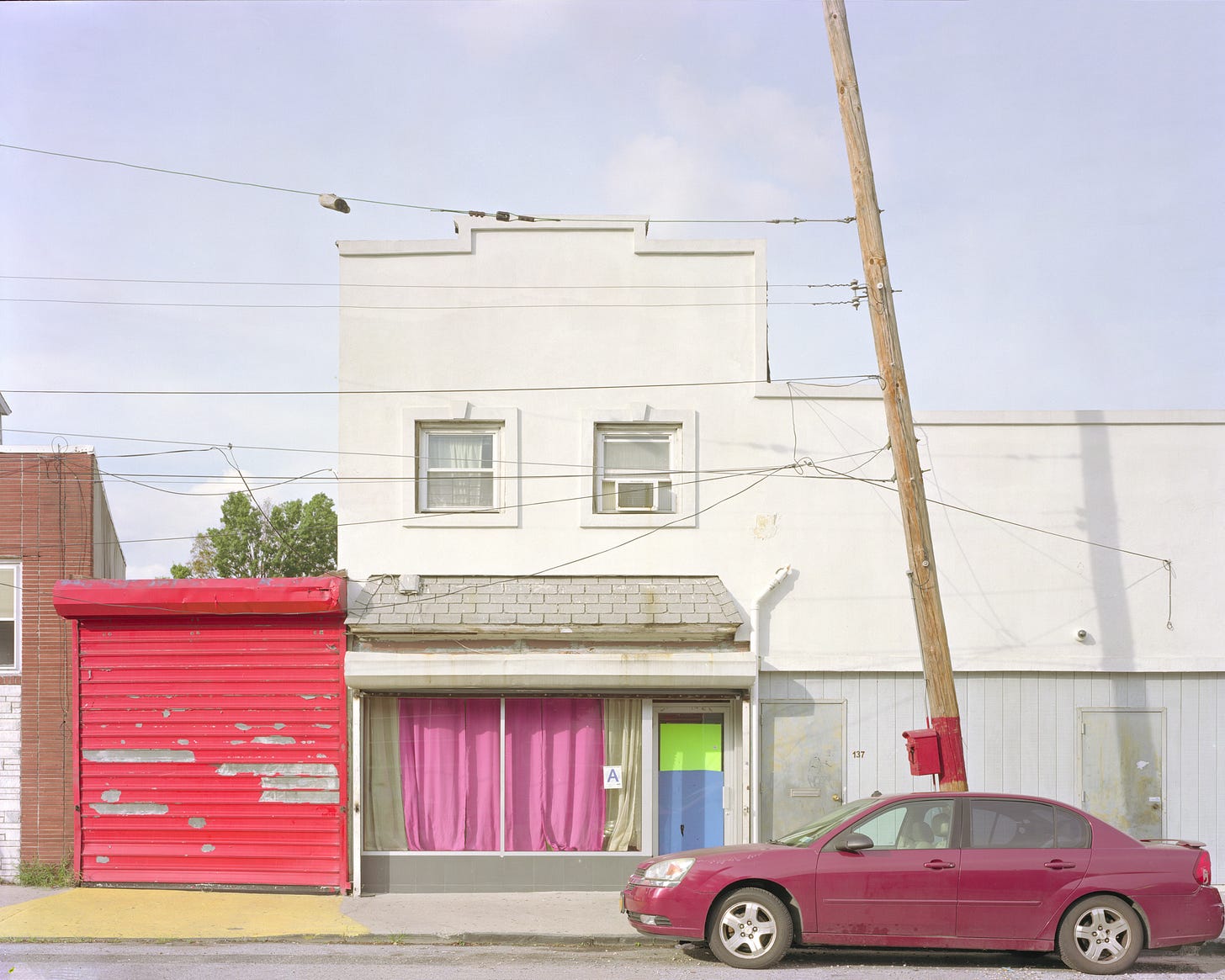

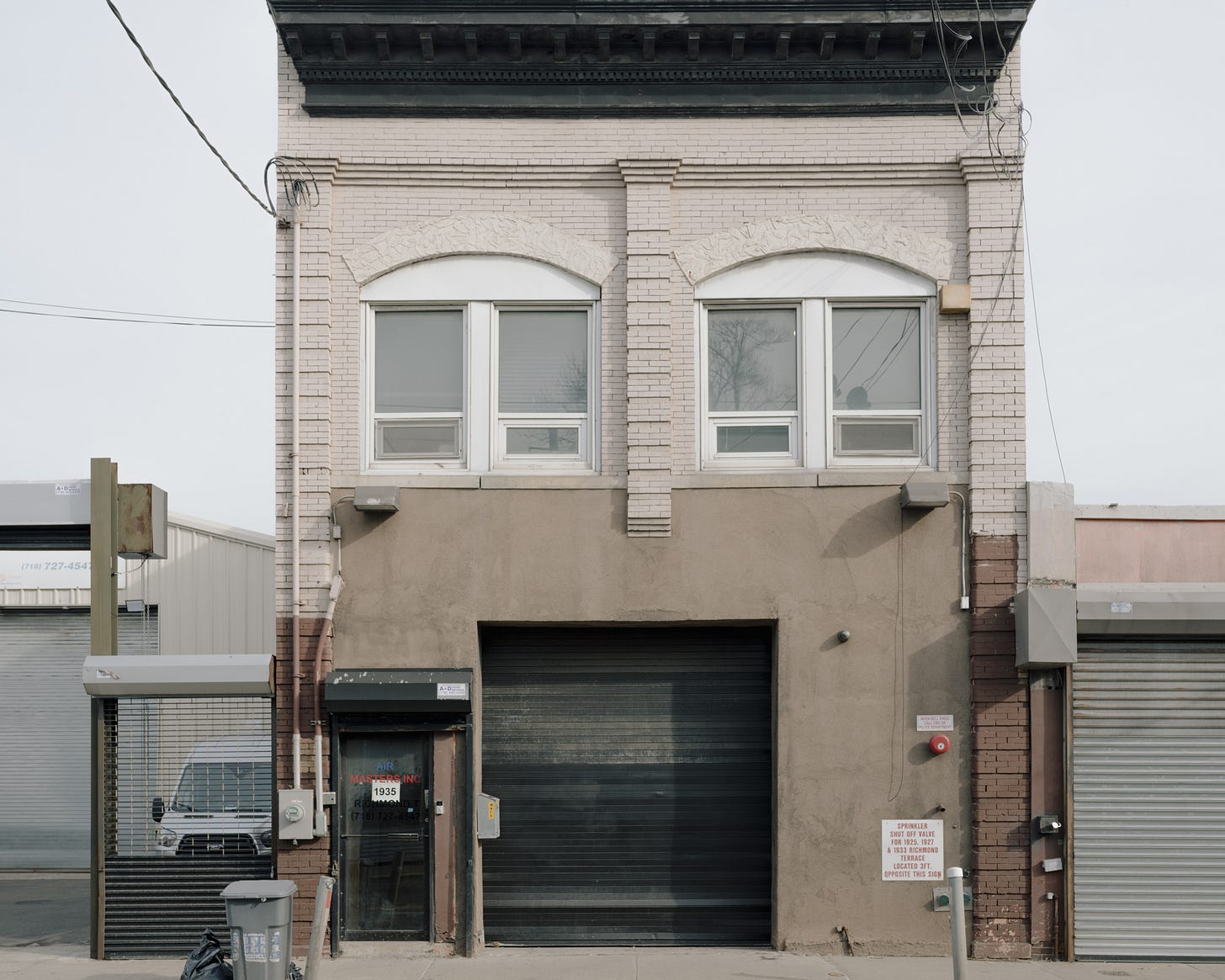
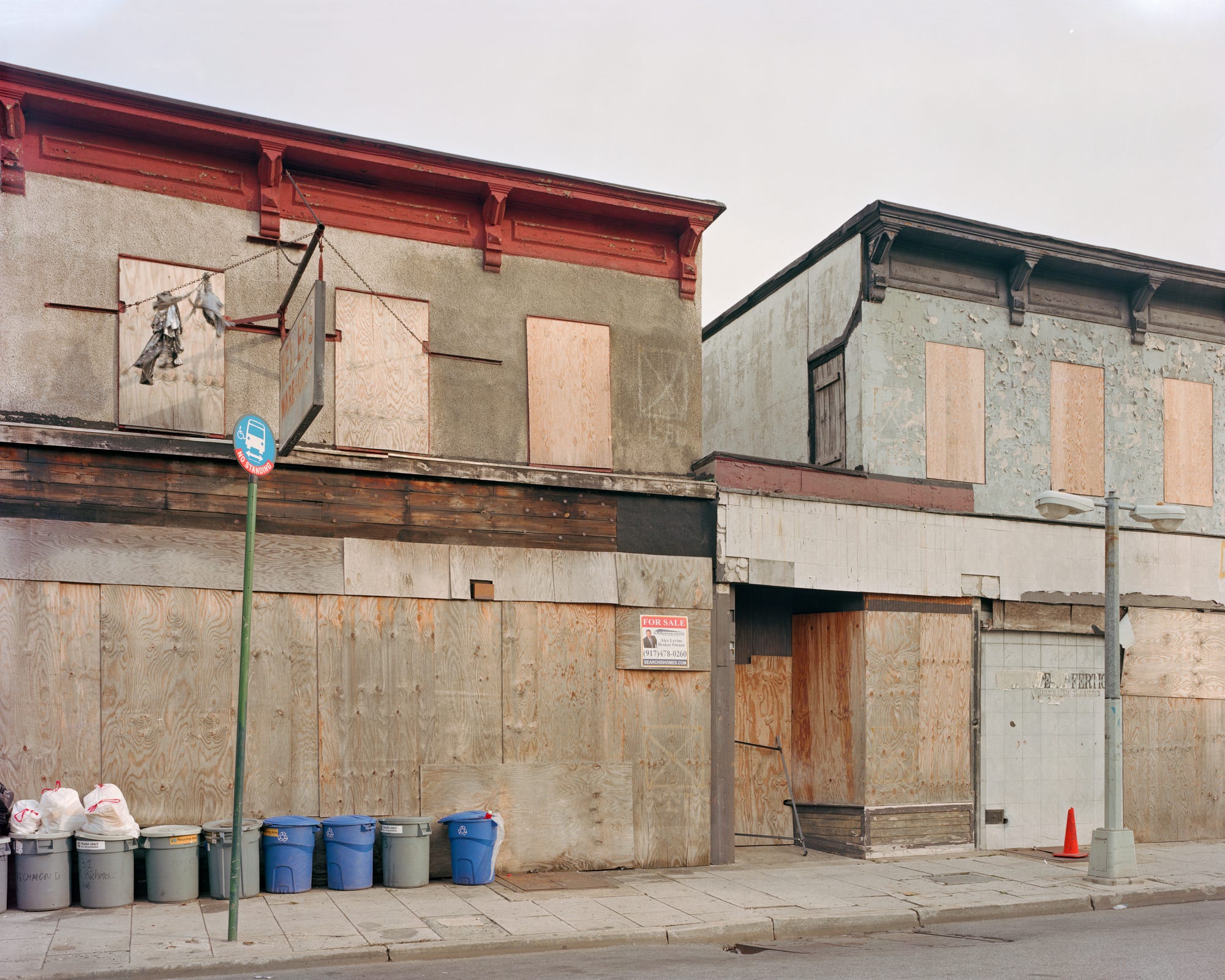
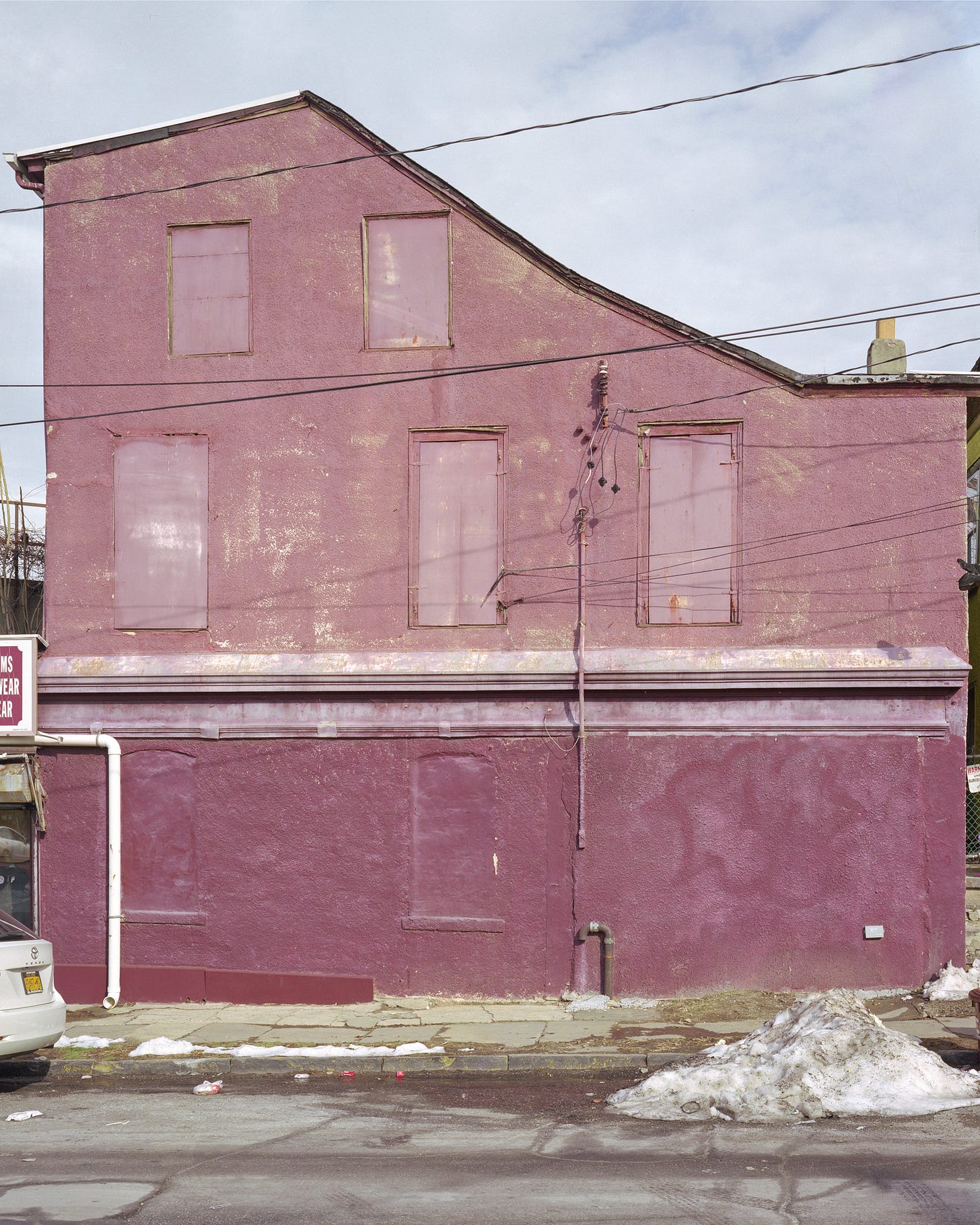
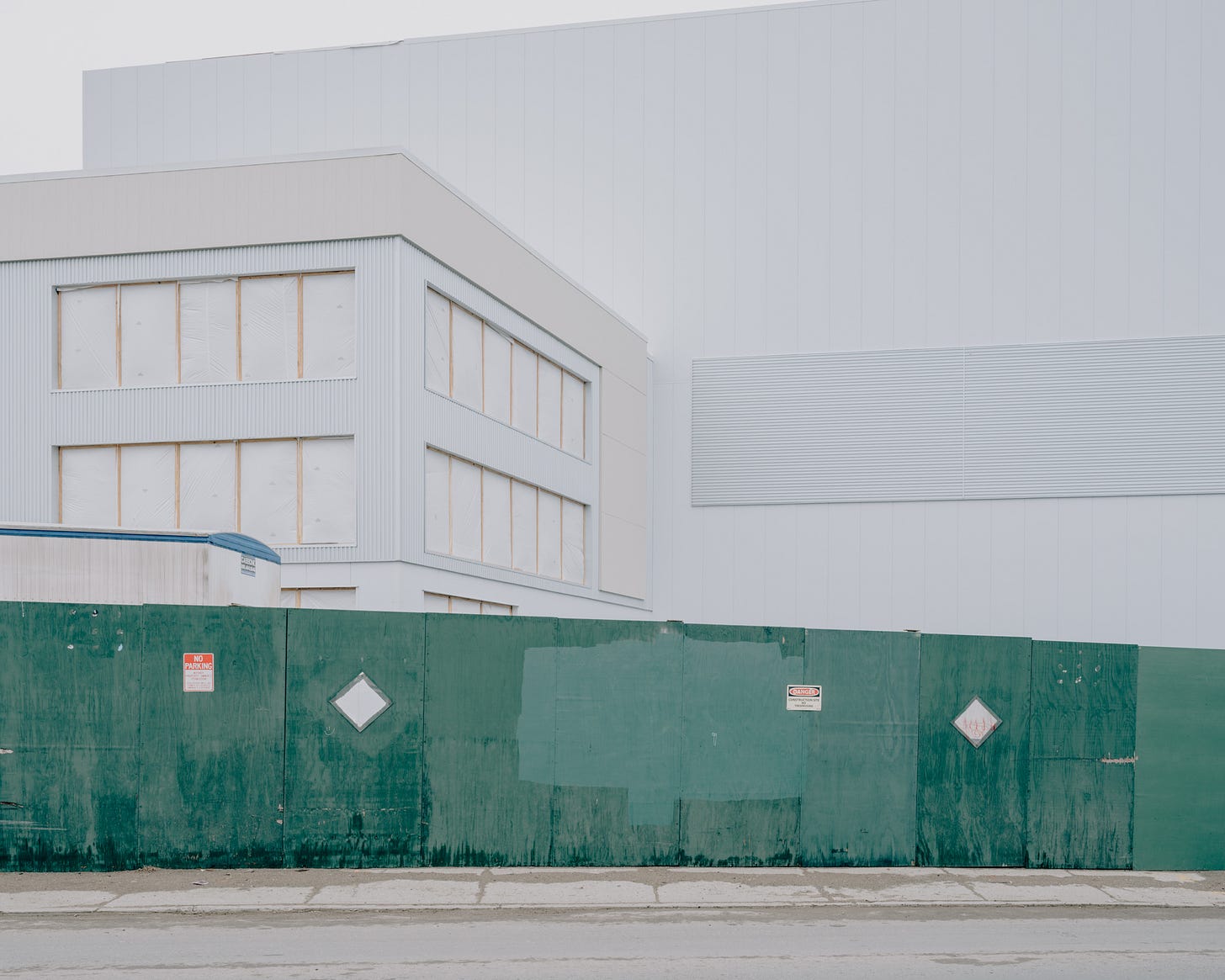
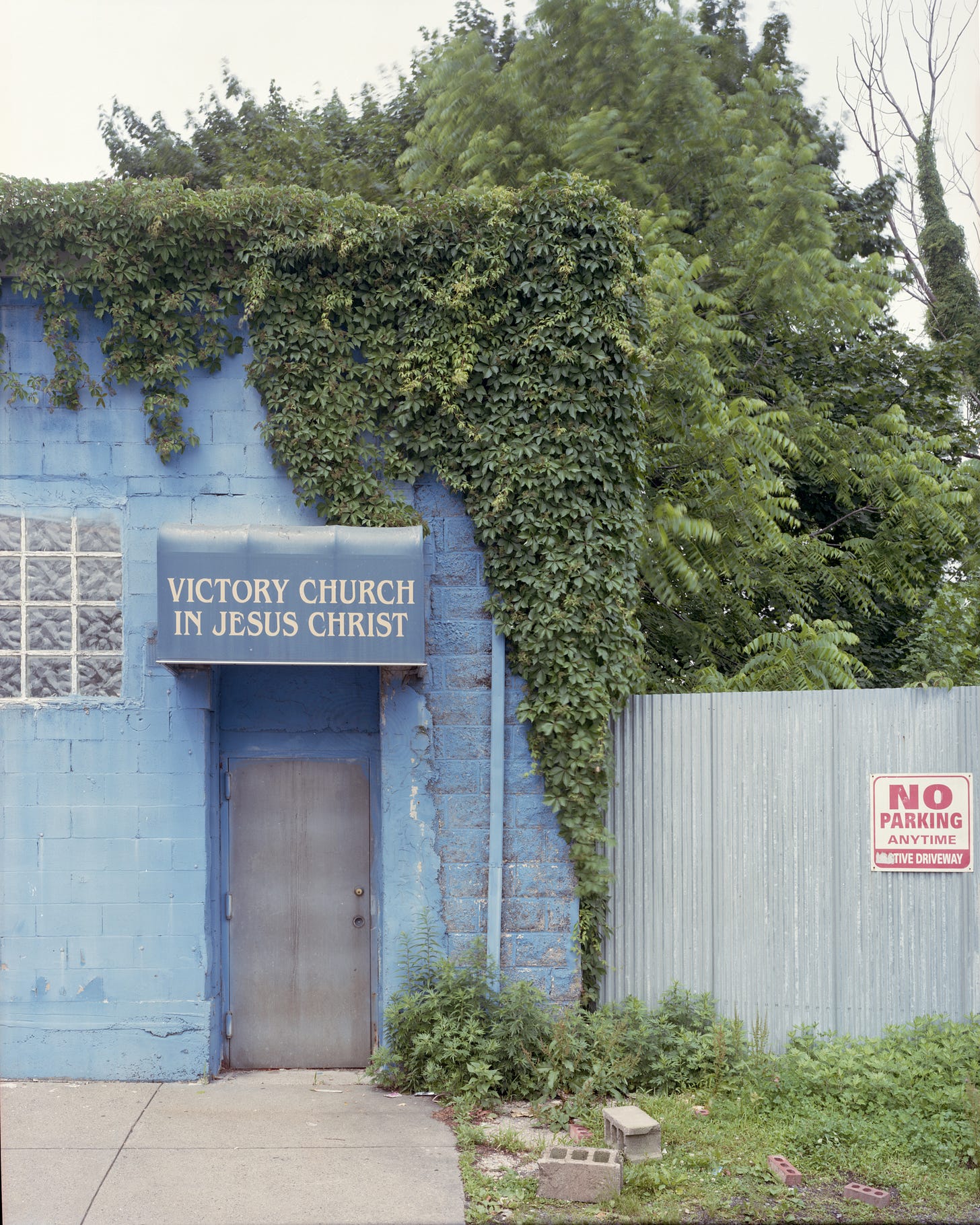
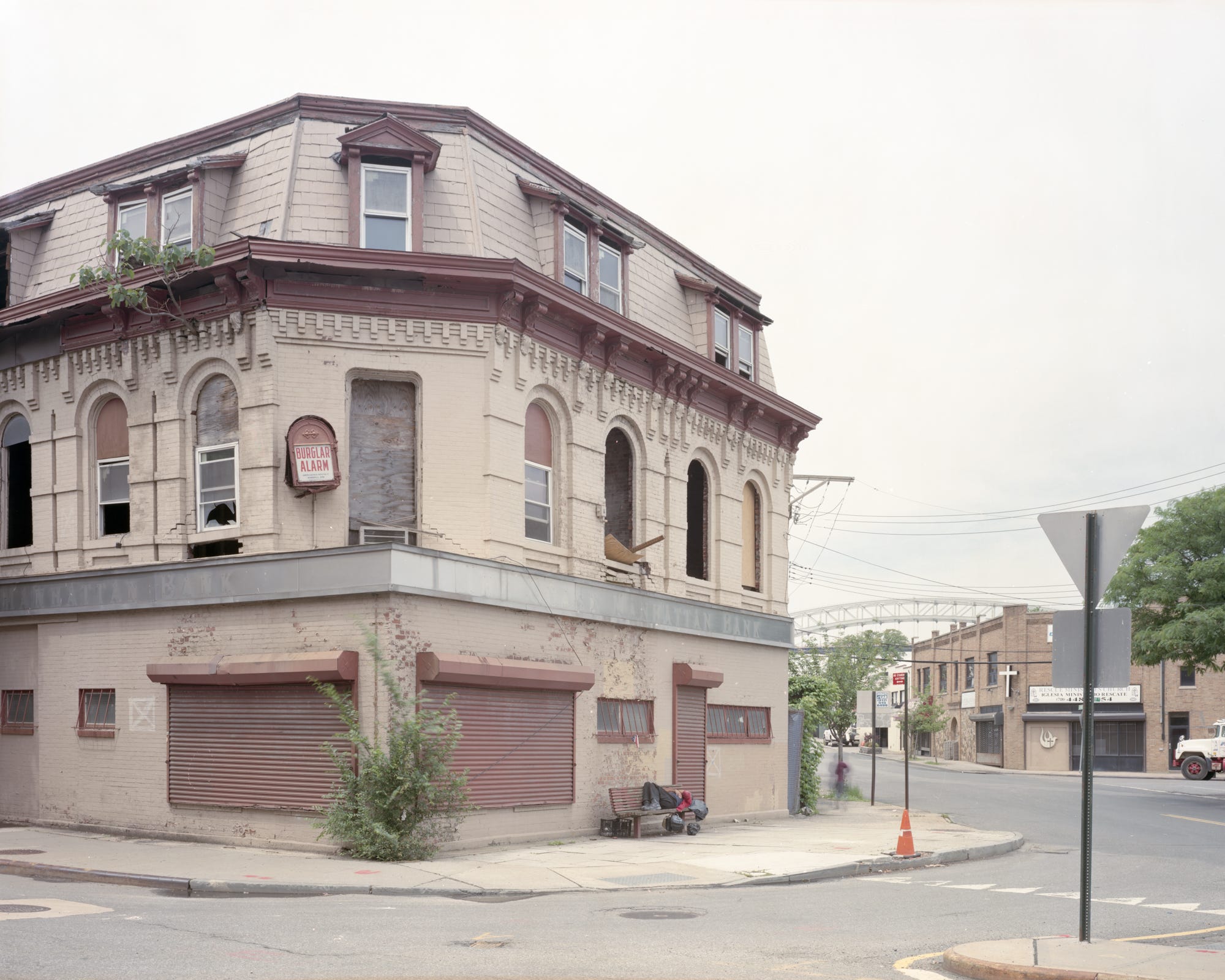

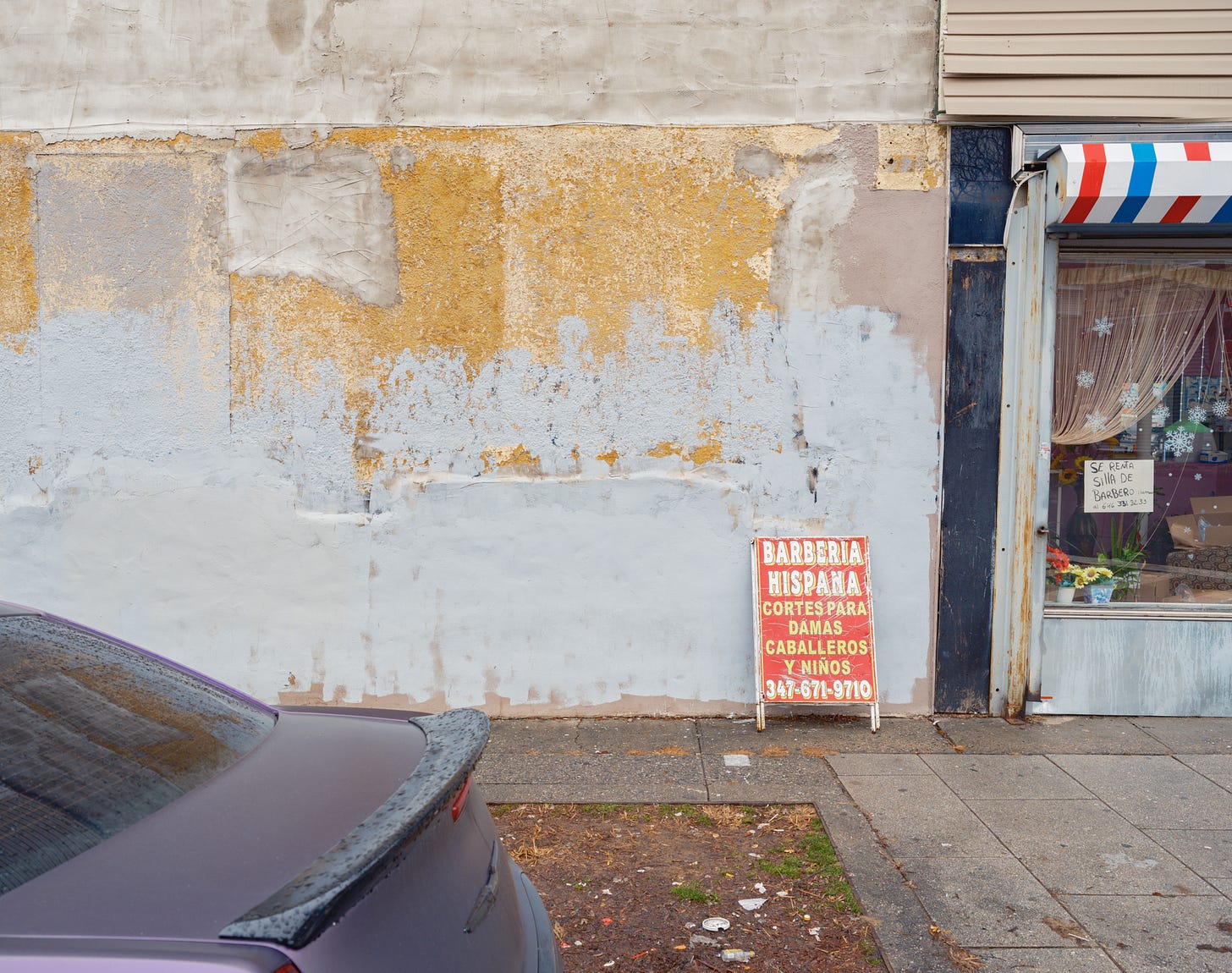
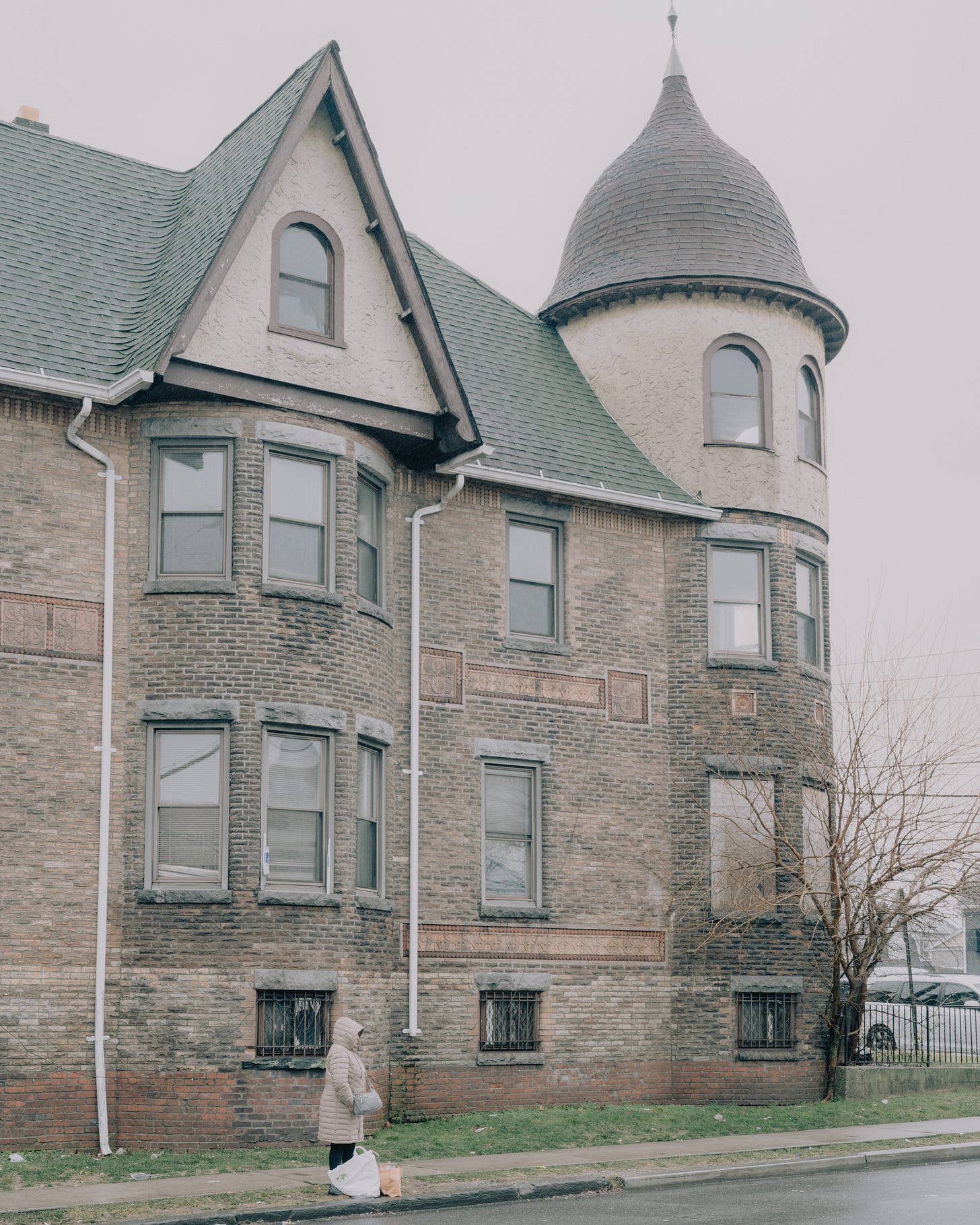
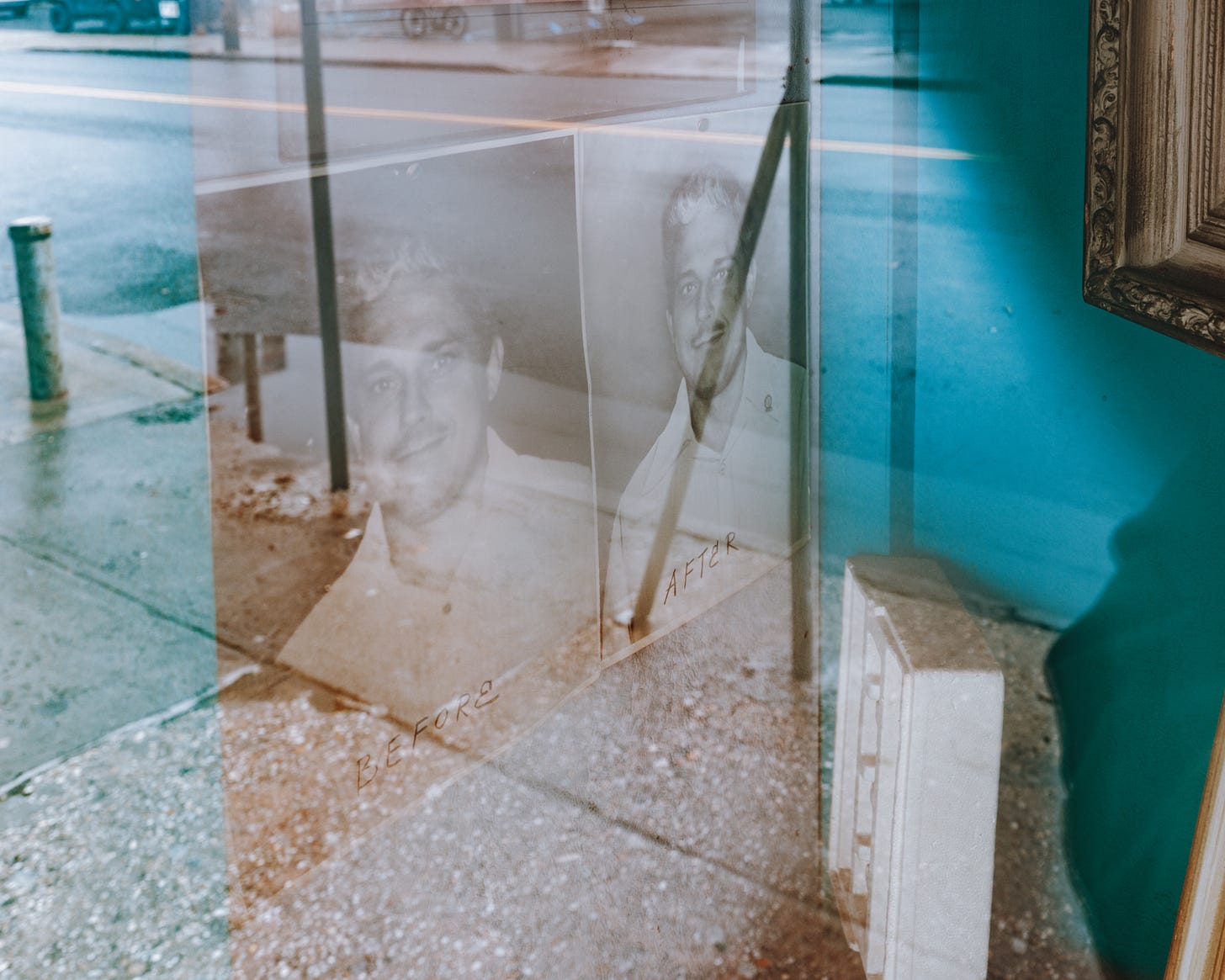

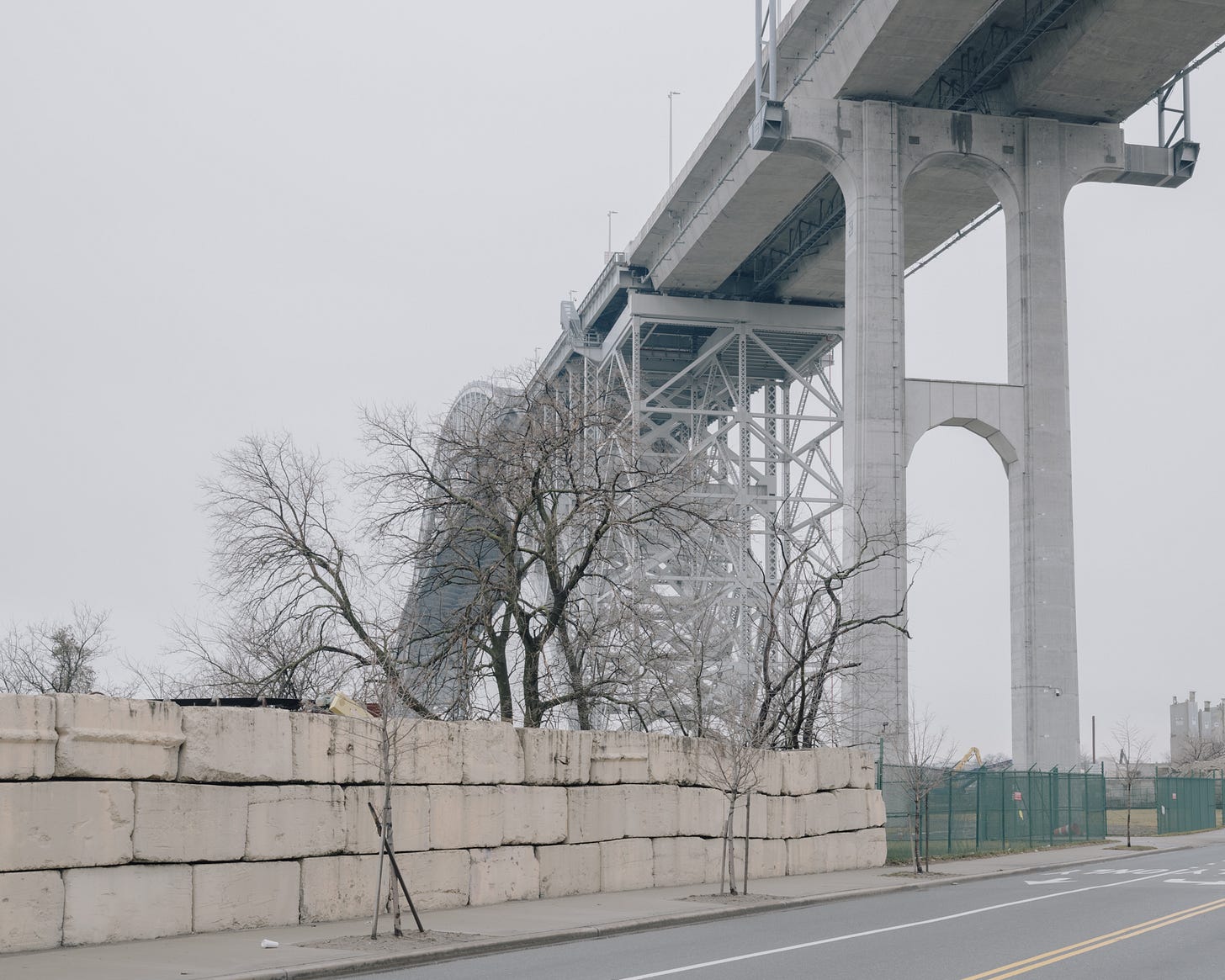
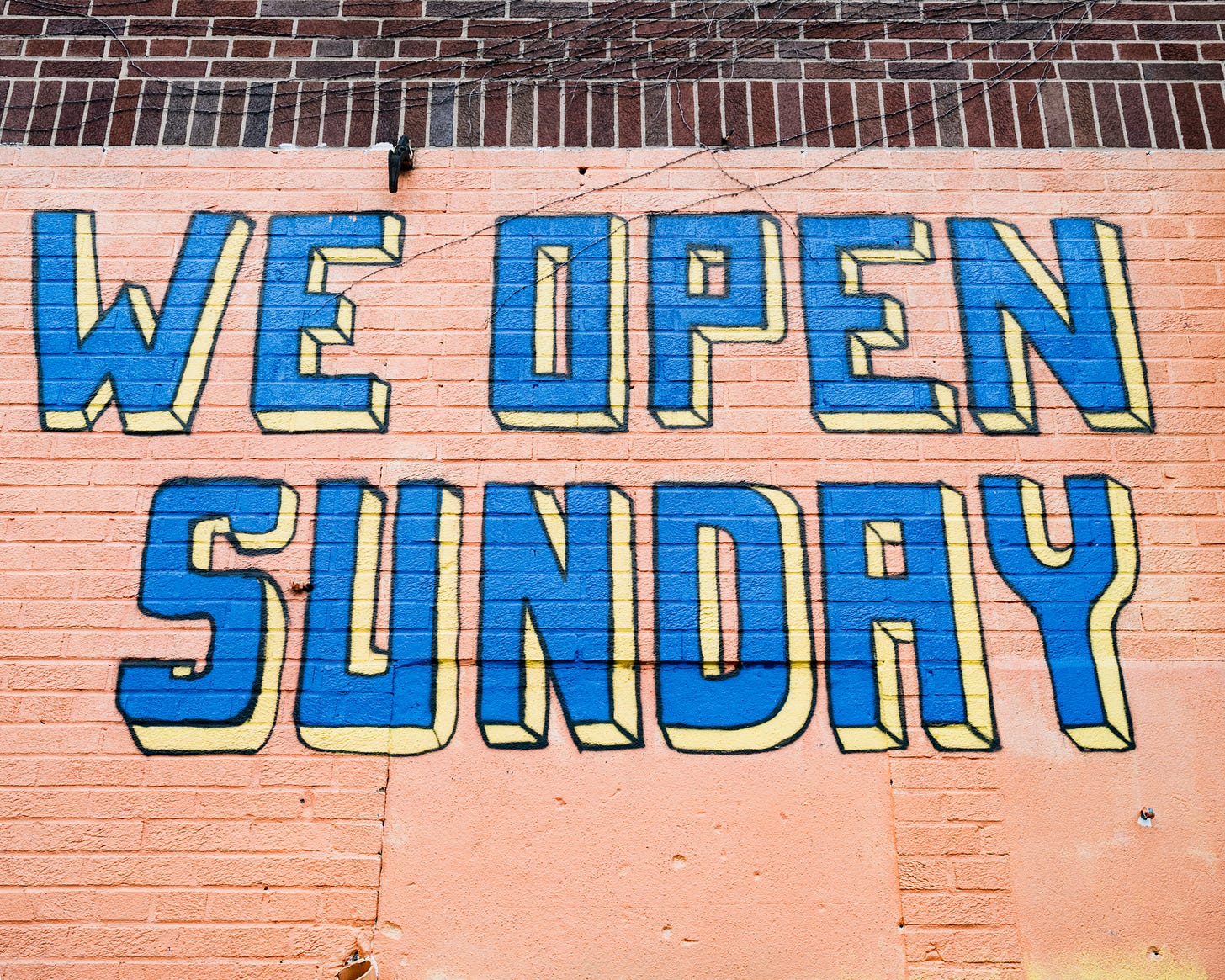
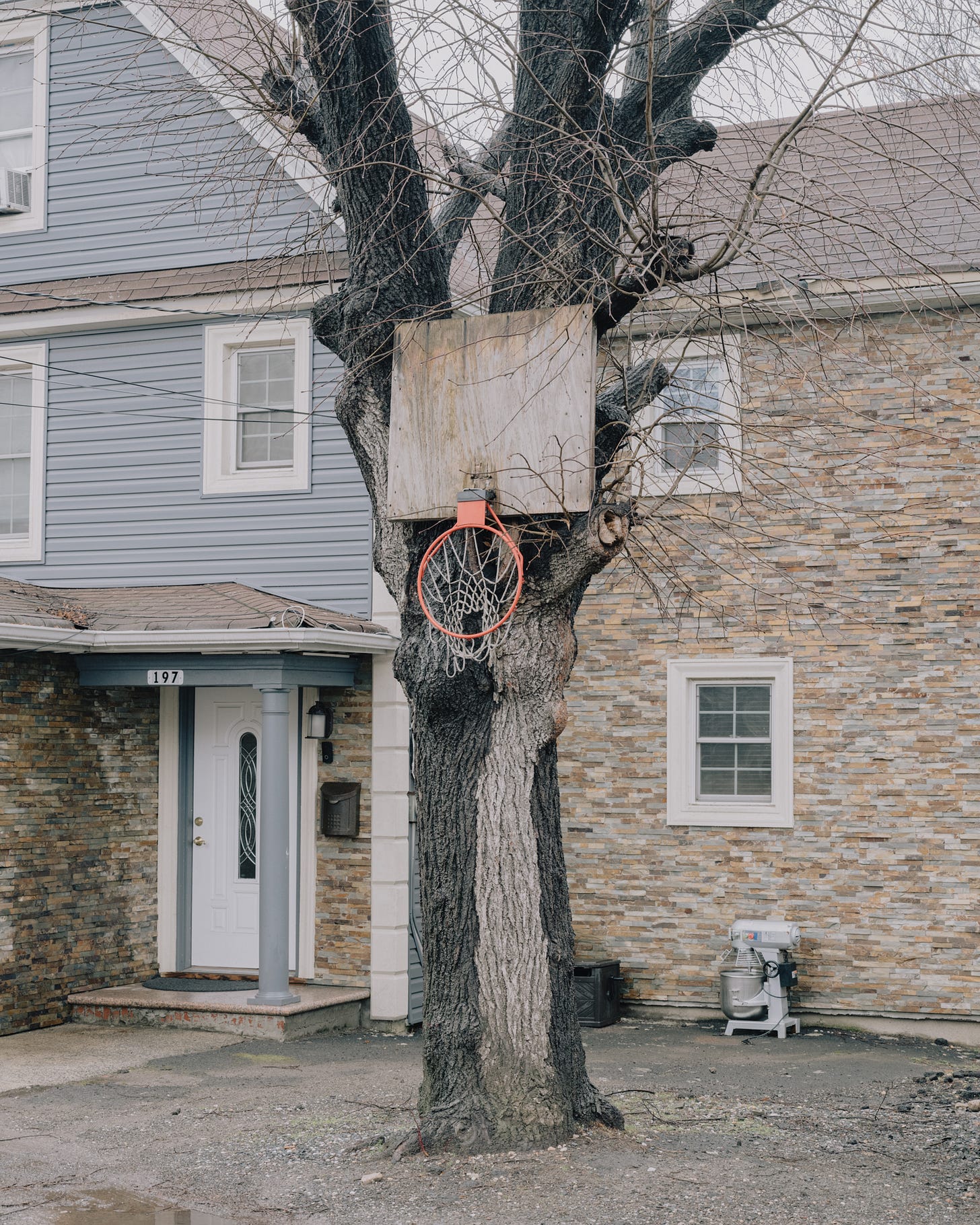
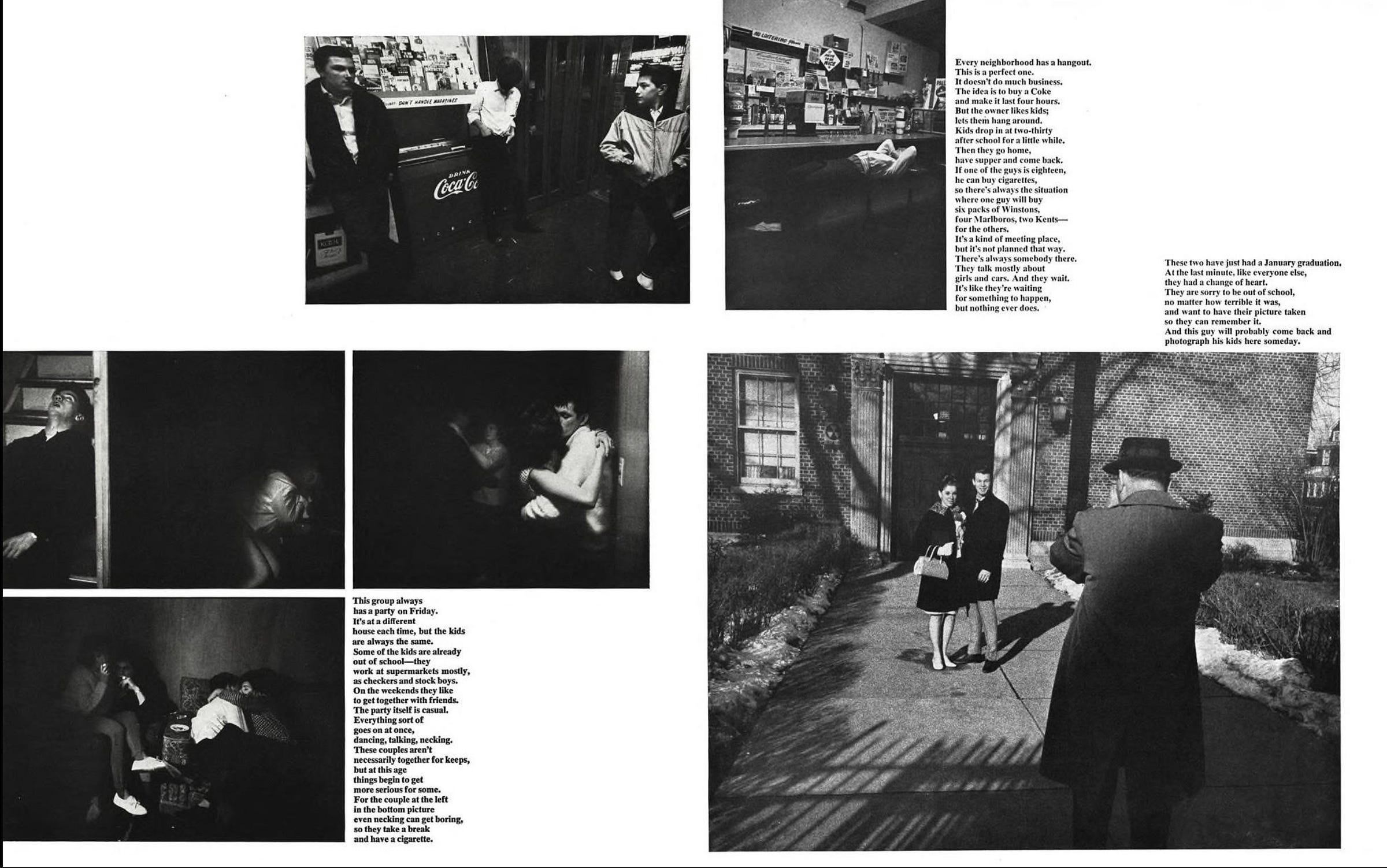

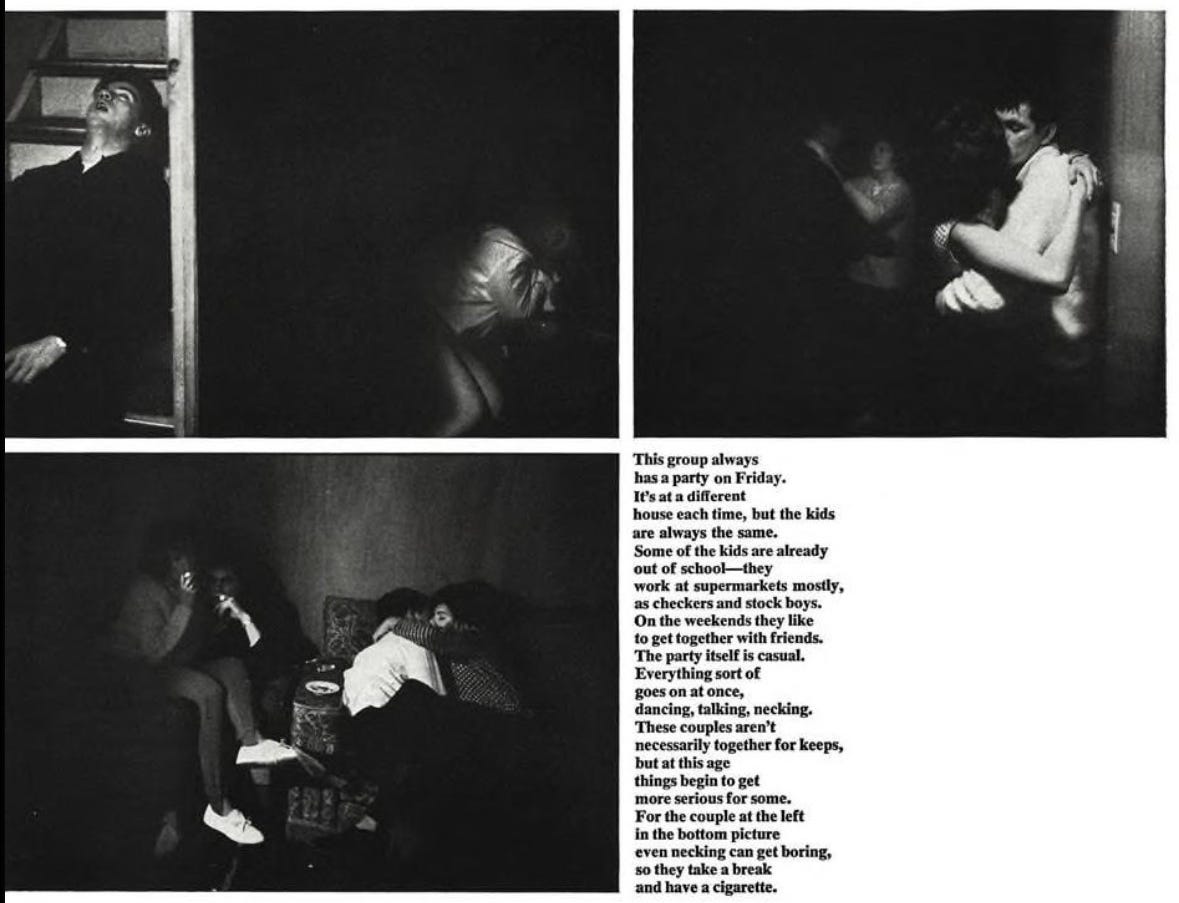
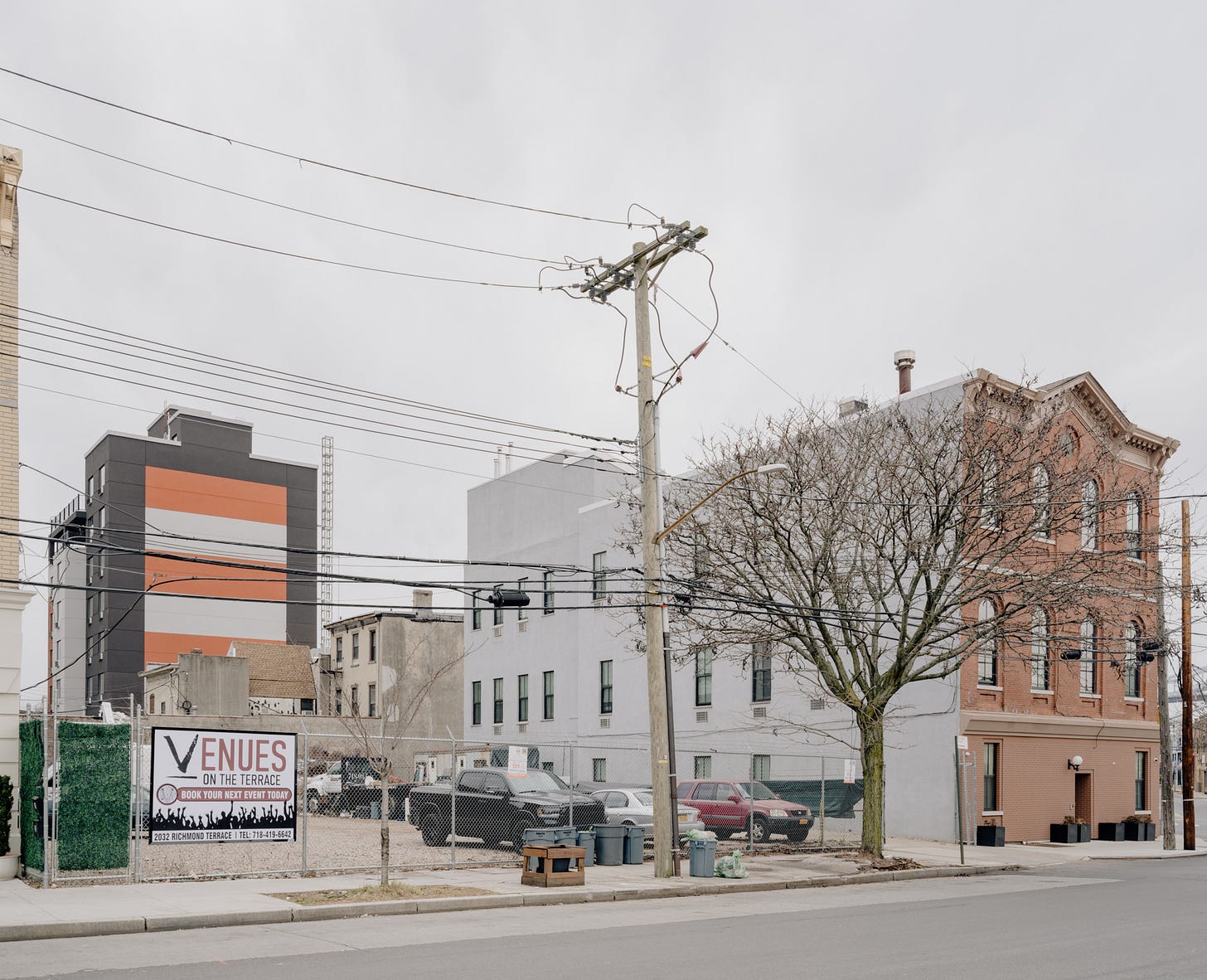

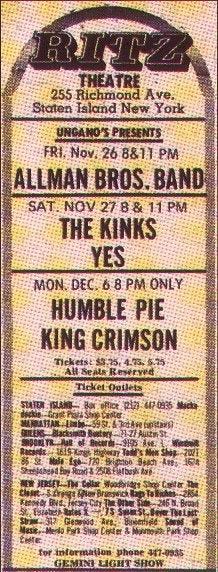



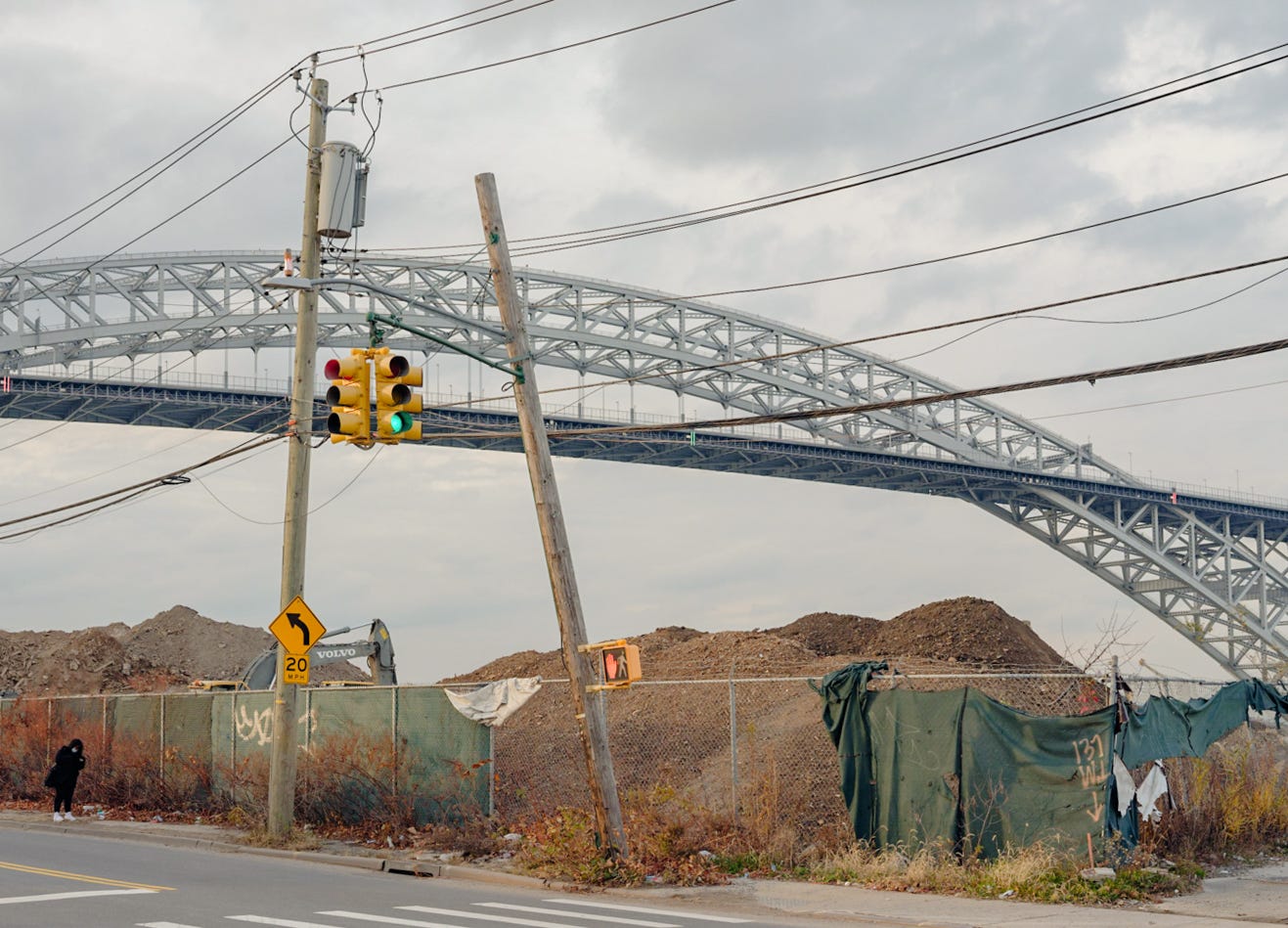
Great photos, interesting stories! And the Got Milk? ad.🤣
Only metaphorically, Mr. Stephenson?